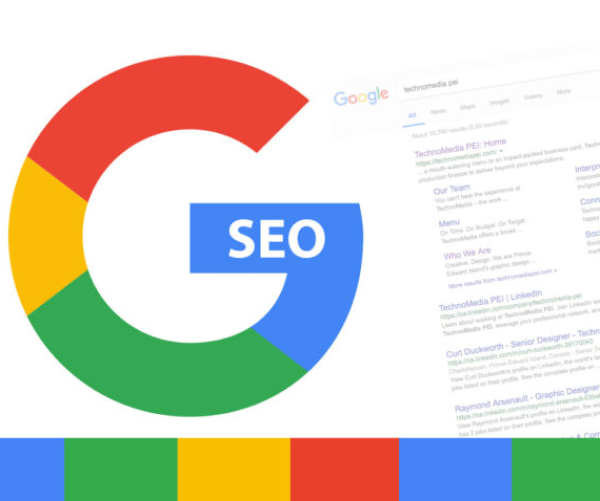You can optimise your website’s search ranking by combining structured data with Merchant Center.
The purpose of Google Merchant Center is to allow businesses to upload product information via structured feeds, as Google emphasises in a video. Data can be extracted more reliably from merchant centre feeds than from crawling your website by Googlebot. You should not rely solely on Merchant Center and go without structured data on product pages. A Merchant Center feed isn’t enough to provide Google with product data; you also need structured data.
Structured data on your website may be cross-checked with data from the Merchant Center feed. To get the most out of both tools, Google offers SEO recommendations for eCommerce sites.
-
Make sure that your products are indexed
Pages that do not link to other pages can be missed by Googlebot when crawling a website. Some products are only accessible through on-site searches on e-commerce sites, for example. A Google Merchant Center and an XML sitemap can help you ensure Google crawls all your product pages. Your website’s products will be discovered by Google better by creating a Merchant Center product feed. To crawl additional pages, Googlebot uses the URLs of the product pages as starting points.
-
Search results for product prices should be checked for accuracy
Pages that do not link to other pages can be missed by Googlebot when crawling a website. Some products are only accessible through on-site searches on e-commerce sites, for example. A Google Merchant Center and an XML sitemap can help you ensure Google crawls all your product pages. Your website’s products will be discovered by Google better by creating a Merchant Center product feed. To crawl additional pages, Googlebot uses the URLs of the product pages as starting points.
-
Ensure that price lags and availability gaps are minimised
Websites on your site are crawled by Google regularly. Your website may not be indexed until Googlebot does another crawl. For example, a product going out of stock can cause search results to lag behind site changes. Because timing lags can cause pricing and availability data to differ from what Google understands about your site, it is recommended that you minimise these differences. Keeping pages updated regularly is easier with Merchant Center product feeds.
-
Achieve Rich Product Results by ensuring products are eligible
Product structured data is required for rich product results. A product feed in the Merchant Center, along with special structured information on your product pages, is the best way to get the particular rich product presentation format. Google will then be able to display rich results based on the product data it is able to extract. Structured data may be used, but Google can still show rich results at its discretion, regardless of whether it is accurate.
-
Share Local Product Inventory Data
Provide a local inventory feed to the Merchant Center to ensure customers can find your products when searching with “near me.” Product and store codes are included in the local inventory feed, so Google knows where the inventory is stored. The tool Pointy is also recommended by Google as an additional step. Your physical store’s out-of-stock data is automatically sent to Google through Pointy, a Google device that is connected to your point-of-sale system.
Search results are updated using the data.
-
The Google Shopping tab is now available for you to sign up for
The shopping tab may not display your products even though they appear in search results. It is easiest to search for your products if you are unsure if they are shown in the Shopping tab. The Shopping tab cannot be included solely based on structured data and product feeds. Product data feeds need to be provided through Merchant Center and opting in to ‘surfaces across Google’ to qualify for the Shopping tab.
Additional Tips:
-
Make your website more navigable and more structured
The average user spends 10-20 seconds on an eCommerce website before leaving. If users aren’t attracted to your brand within that time frame, your site won’t be navigated efficiently; your categories won’t be organised, they’ll look elsewhere. The reason why you should improve your site structure and navigation is not only for SEO but for your users as well. A breadcrumb trail can be added to improve navigation. Users can navigate a site with breadcrumb navigation without having to check the URL to see where they are on a site.
-
Ensure your 404 page is optimised and broken links are fixed
In the eyes of SEOs, broken links are a significant negative. The customer experience is not just affected by them but the performance of your website as well. Users will be stopped dead in their tracks if you link to broken product pages or categories. Some will likely leave your website in droves, while others may click on different pages.
You can quickly locate all the broken links on your website using SEO tools such as Ahrefs, Semrush, and Moz. Whenever they’re linked, unlink them. When you have a Shopify store, you can automatically resolve broken links. Broken links aren’t the end of the world, but you shouldn’t ignore them completely. Users can use an optimised 404 page to find new products by navigating to other parts of your site.
-
Create an online store blog
Your online store can benefit from blogging if you want to increase traffic. Starting a blog may seem daunting to new brands, but it has long-term benefits. You may rank for different keywords depending on what you sell and your industry. Driving visitors to your product pages through your blog may increase your chances of earning sales. In addition to offering product education, your blogs can serve as a tool for establishing your brand voice even when they don’t drive revenue.
With these tips, you’re ready to ramp up your online presence!





